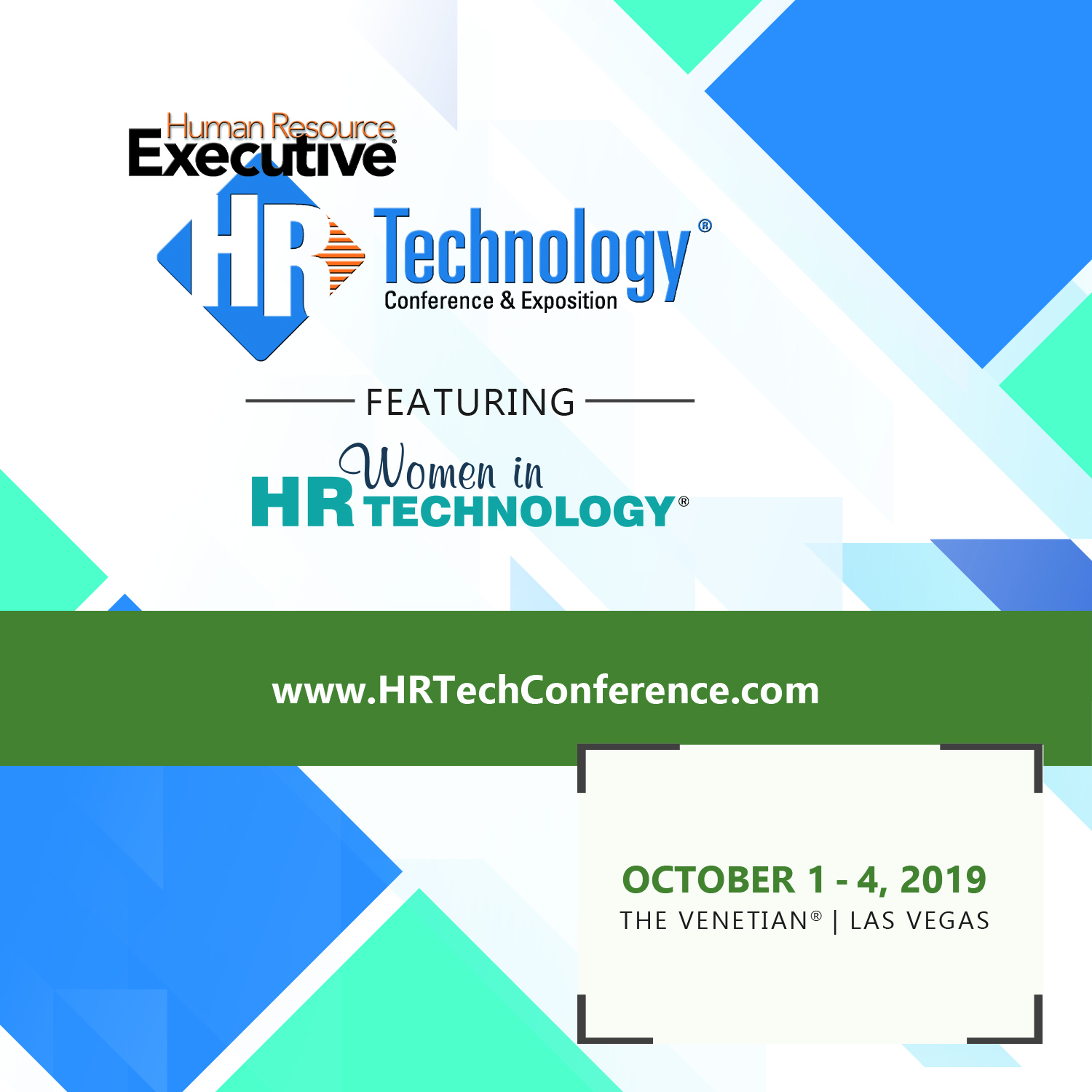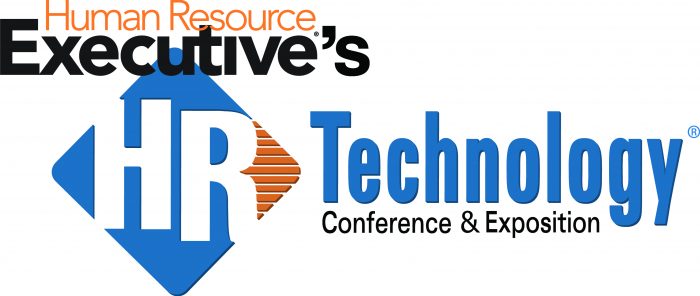HRE Column: HCM Trends for 2019
Heading into the final stretch of 2018 and I wanted to share with you, gentle reader, the latest installment of the monthly Inside HR Tech Column that runs on Human Resource Executive Online.
The piece is titled HR Technology Trends You Can't Afford to Ignore, and is a look at some imporant HR and HR Technolgy trends inspired by a recently released report, 2019 HCM Trends Report, from three of the best independent HR and HR tech analysts in the space.
Here's an excerpt from the piece on HRE:
With the end of the year fast approaching, it is natural to turn our attention to the coming year, which means reading, thinking and talking with HR-technology leaders about the trends, developments and new technologies they think will have the most impact for HR organizations in the new year. Fortunately for me, three industry experts who are regular speakers at the HR Technology Conference—George LaRocque, Ben Eubanks and Trish McFarlane—recently released the 2019 HCM Trends Report, which identifies several of the big-picture HCM and workplace trends that will impact organizations and shape the direction of HR-technology innovation in 2019.
I recommend downloading and reading the entire (free) report here, but I also wanted to highlight three of what I think are the more important HCM trends that the authors lay out in the report. I’ll also suggest some ways HR-technology innovation will reflect these trends in 2019 and offer recommendations for HR leaders on how to move forward.
Practical Applications of AI at Work
If there was one term that seemed to shape much of the HR-technology conversation in 2018, it was artificial intelligence. Like many macro-technology trends that have come before (SaaS, mobile, UX, etc.), AI is now increasingly applied to support HR and talent-management functions. But like many emerging technologies of the past, AI seems more like just a cool set of capabilities still in search of the right problems to help solve.
In the 2019 HCM Trends Report, Eubanks makes a great point about where the AI conversation needs to head in 2019 stating, “The thing that’s going to change in 2019 is a greater focus on the actual, practical impacts of AI. It’s no longer enough to shout that your technology has machine learning or automation capabilities if you want attention—you’ll have to explain the problems it solves, or risk being overshadowed by those that do.”
The takeaway for HR leaders who are thinking about how to make AI-enabled HR-technology plans for 2019? Make sure you press any potential technology provider for demonstrable examples of real-world applications of these AI tools, and the ability to see quantifiable results of these projects. In 2019, AI must move past the “hype” and begin to deliver real returns, or as Eubanks correctly implies, the technologies—and your efforts using them—will not be successful.
Read the rest at HRE Online...
You can also subscribe on HRE Online to get my monthly Inside HR Tech column via email here. I promise it will be the most exciting email you will ever receive.
Thanks for checking out the column, the blog, the podcasts, the 'Alexa' show, and all the nonsense I'm now in my second decade of churning out.
Have a great day!

 Steve
Steve


